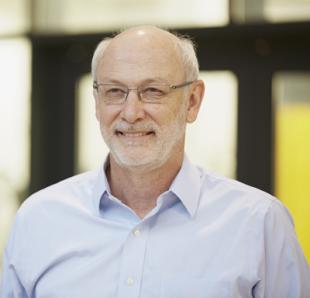Jim Litster is Professor and Head of the Chemical and Biological Engineering Department at the University of Sheffield, following previous academic appointments at Purdue University (2007-2015) and The University of Queensland (1987-2007). His research area is Particulate Products and Processes. His research focuses on production of particles and particulate delivery forms with well controlled size and morphology from sub-micron to millimeter scale using processes such as wet granulation, crystallization and spherical agglomeration. He is an international leading expert on wet granulation with over 30 years experience in the field. Jim is a Fellow of the Australian Academy of Technological Sciences and Engineering. He has received several awards internationally for his work, most recently the Geldart Medal on Particle Technology from the Institution of Chemical Engineers in 2017.

